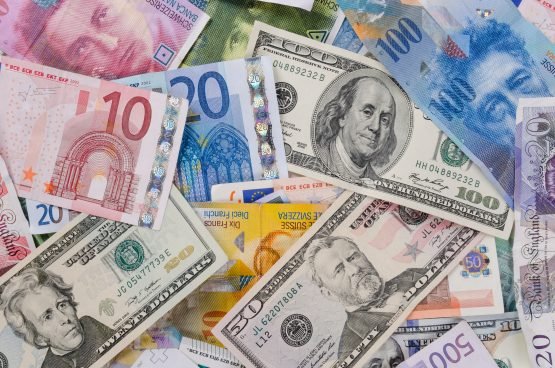Money, the lifeblood of modern economies, is a fascinating entity that can be both stable and volatile. The value of money, represented by currencies, fluctuates constantly, shaping the economic landscape and influencing our everyday lives. Currency volatility can be influenced by a variety of factors that shape the dynamics of the global financial markets. Understanding these factors is crucial for comprehending the fluctuations in the value of money. Here are some key drivers of currency volatility:
Macroeconomic Indicators: Economic indicators such as GDP growth, inflation rates, employment data, and interest rates play a significant role in driving currency volatility. Positive economic indicators generally strengthen a currency, while negative or unexpected data can lead to currency depreciation.
Monetary Policy Decisions: The actions and statements made by central banks regarding interest rates, money supply, and quantitative easing programs can have a substantial impact on currency values. Changes in monetary policy can signal shifts in economic conditions, influencing currency volatility.
**Political Stability and Geopolitical Events: Political stability or instability within a country can impact its currency's value. Geopolitical events such as elections, policy changes, trade disputes, or geopolitical tensions can create uncertainty and volatility in currency markets.
Market Sentiments and Speculation: Market participants' perceptions, sentiment, and expectations can significantly influence currency values. Speculative trading, investor sentiment, and market reactions to news or events can cause rapid shifts in currency prices.
Capital Flows and Investor Behavior: Cross-border capital flows, including foreign direct investment, portfolio investment, and repatriation of profits, can drive currency volatility. Investor sentiment, risk appetite, and changes in market conditions can lead to capital flight or inflows, impacting currency values.
Commodity Prices: Countries that are major exporters or importers of commodities can experience currency volatility due to fluctuations in commodity prices. Currencies of commodity-exporting nations often correlate with the prices of key commodities such as oil, gold, or agricultural products.
Market Liquidity and Trading Volumes: Thinly traded currency markets with low liquidity are more prone to volatility. A lack of market participants or large trading volumes concentrated within specific time zones can amplify price movements and increase currency volatility.
Market Speculation and Currency Manipulation: Speculative trading activities and currency manipulation by governments or financial institutions can introduce volatility to currency markets. Large-scale interventions, artificial demand or supply, or attempts to devalue or strengthen a currency can lead to unexpected fluctuations.
It's important to note that these factors often interact with and influence one another, creating complex dynamics in currency markets. Monitoring these drivers and their potential impacts is essential for investors, businesses, and policymakers seeking to navigate currency volatility effectively.
